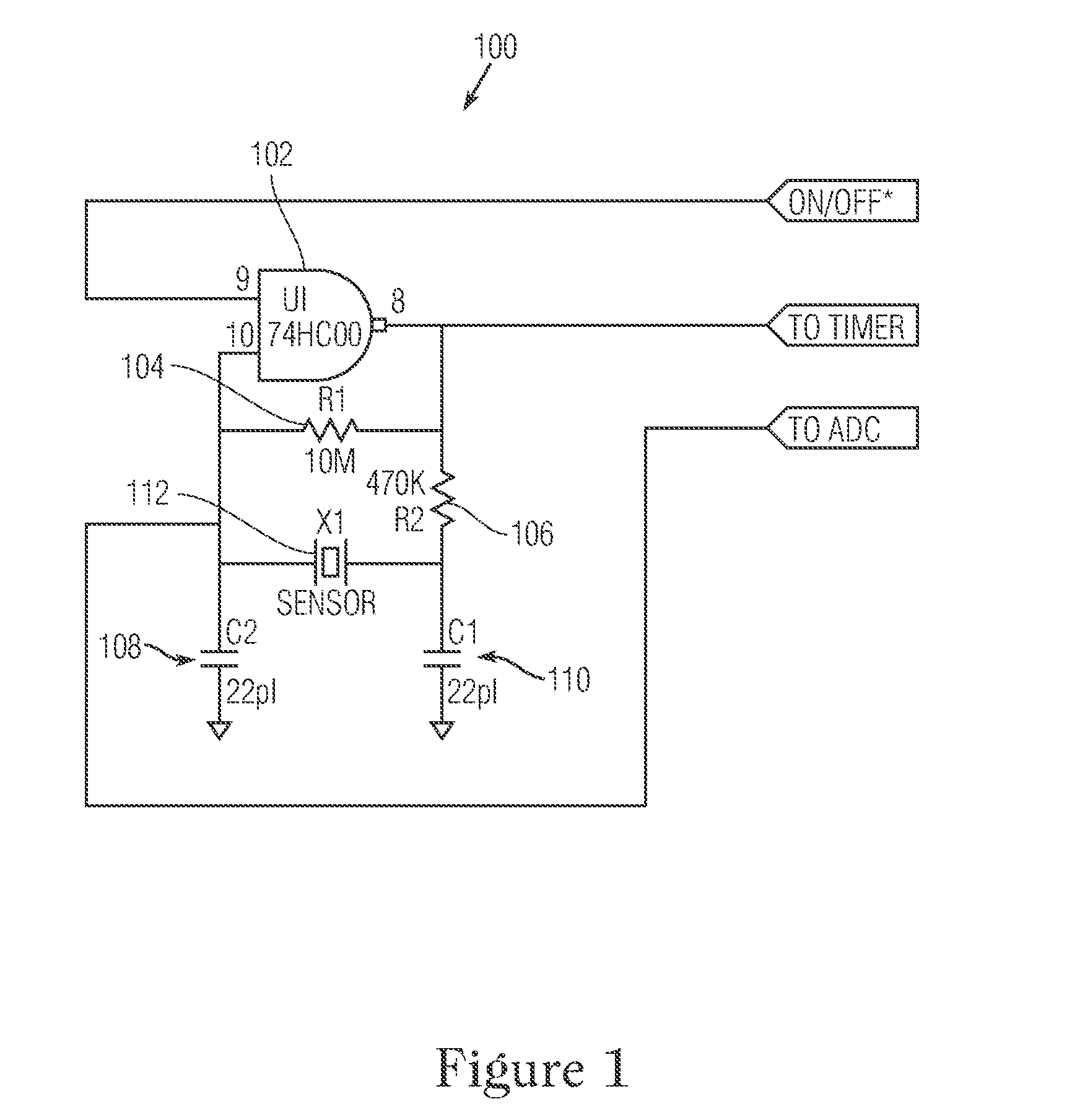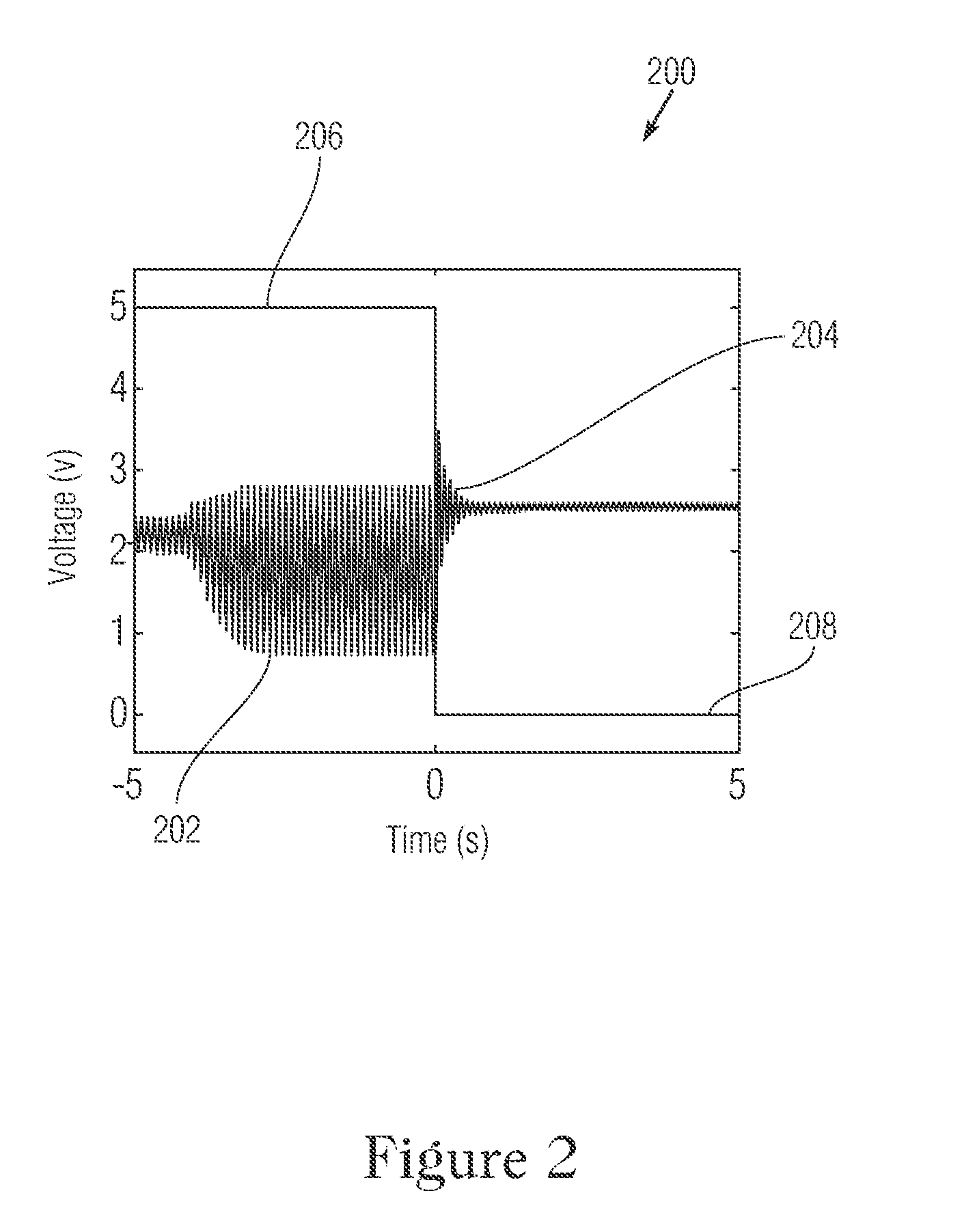Method And Device For Measuring Fluid Properties Using An Electromechanical Resonator
a technology of electromechanical resonators and fluid properties, which is applied in the field of electromechanical resonators to measure fluid properties, can solve the problems of high cost and time consumption of measurement, inability to accurately reverse changes, and inability to accurately capture samples at a well, so as to reduce the response time
- Summary
- Abstract
- Description
- Claims
- Application Information
AI Technical Summary
Benefits of technology
Problems solved by technology
Method used
Image
Examples
Embodiment Construction
[0033]According to a broad aspect of the present invention, the inventors recognized that a small, fast, and accurate sensor capable of measuring viscosity and density and mounted on a platform which enabled it to obtain measurements at various depths along a producing well can, for example, be used to 1) map the PVT characteristics of downhole fluids and identify the locations where the dew point, bubble point, and / or other important state changes and transitions in the fluid properties occur along the wellbore, 2) map the PVT characteristics of a dispersed fluid-fluid (emulsion), solid-fluid (suspension), gas-fluid (foam) system through rapid measurement of changes in density and viscosity 3) determine more accurately the true viscosity and density of the reservoir fluids at reservoir conditions, and 4) determine separate phase densities and viscosities and a time series of the instantaneous phase present at the sensor in a multi-phase flow, from which the flow regime, the shapes ...
PUM
 Login to View More
Login to View More Abstract
Description
Claims
Application Information
 Login to View More
Login to View More - R&D
- Intellectual Property
- Life Sciences
- Materials
- Tech Scout
- Unparalleled Data Quality
- Higher Quality Content
- 60% Fewer Hallucinations
Browse by: Latest US Patents, China's latest patents, Technical Efficacy Thesaurus, Application Domain, Technology Topic, Popular Technical Reports.
© 2025 PatSnap. All rights reserved.Legal|Privacy policy|Modern Slavery Act Transparency Statement|Sitemap|About US| Contact US: help@patsnap.com



